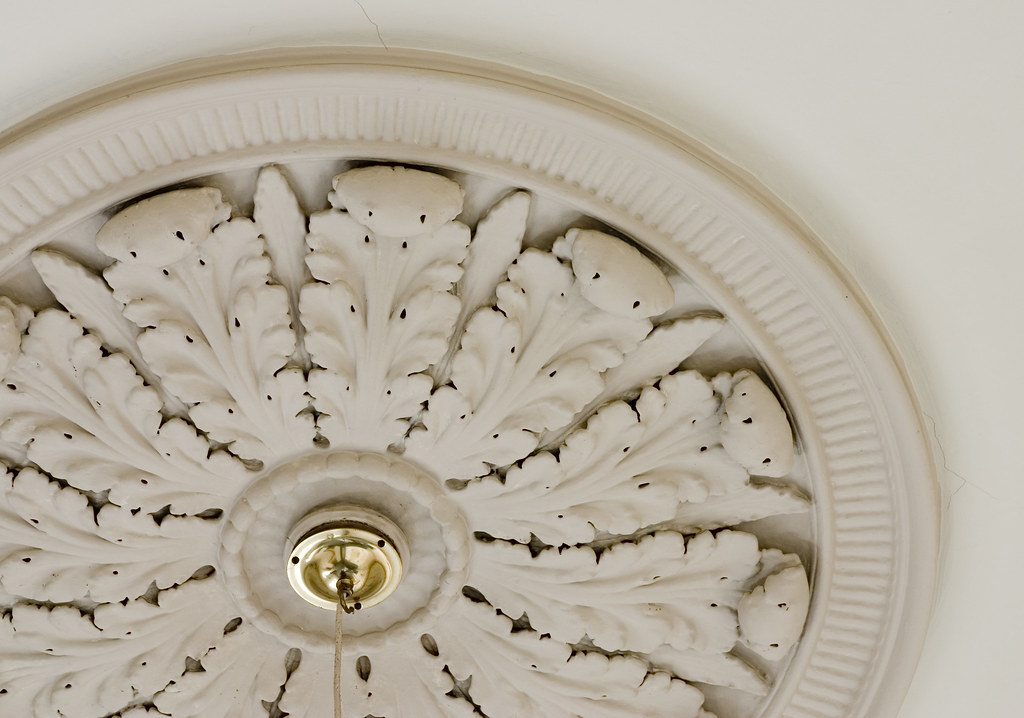Transform your home’s character with exquisite plaster moulding that turns plain walls into architectural masterpieces – discover the timeless art of ornamental plastering.
Understanding Plaster Moulding: The Foundation of Architectural Beauty
Plaster moulding stands as a testament to architectural craftsmanship, dating back centuries to when master craftsmen first began adorning palaces and grand homes with decorative elements. Today, this time-honoured technique continues to transform ordinary spaces into stunning showcases of period detail. At its core, plaster moulding involves creating decorative profiles and ornamental features using specially formulated plaster mixtures. The process requires exceptional skill, combining traditional techniques with modern innovations to achieve stunning results. In the UK, where period properties are particularly valued, proper plaster moulding can increase a property’s value by up to 15% while adding authentic character that cannot be replicated with modern alternatives.
Essential Materials and Tools for Perfect Plaster Moulding
- Base Materials: High-quality lime putty, plaster of Paris, and ultra-fine marble dust
- Bonding Agents: Modern PVA and specialised adhesives for ceiling work
- Running Moulds: Custom-made templates for creating consistent profiles
- Specialist Tools: Traditional hawks, trowels, and contemporary precision instruments
- Measuring Equipment: Digital levels, laser measurers, and traditional spirit levels
- Safety Gear: Dust masks, eye protection, and appropriate PPE
The Art of Mixing and Preparation
The secret to perfect plaster moulding lies in the precise mixing of materials. The traditional recipe calls for a careful balance of 60% lime putty, 30% plaster of Paris, and 10% marble dust, though proportions may vary based on specific requirements. Mixing must be methodical – first combining dry ingredients before gradually adding measured amounts of clean water. The consistency should be smooth and creamy, similar to thick paint. Temperature plays a crucial role, with optimal working conditions between 15-20°C. Modern additives can extend working time and enhance durability, particularly important for ceiling work where additional strength is required.
Installation Mastery: Creating Flawless Cornices
Professional installation follows a precise sequence of steps to ensure perfect results. The substrate must first be thoroughly prepared, with any existing damage repaired and surfaces primed. Corners require particular attention, with precise 45-degree cuts ensuring seamless joins. For ceiling work, additional mechanical fixings may be necessary, carefully concealed within the design. The installation process typically involves:
- Thorough surface preparation and priming
- Application of bonding coat
- Installation of support brackets where needed
- Running of main profiles in sections
- Creation of perfect mitred corners
- Final finishing and cleaning
Advanced Techniques for Period-Perfect Details
Creating authentic period details requires deep knowledge of historical styles and advanced techniques. Victorian cornices, for instance, often feature intricate leaf patterns and geometric designs requiring multiple passes with specially crafted running moulds. Georgian styles, known for their elegant simplicity, demand perfect symmetry and precise proportions. Contemporary designs often combine traditional techniques with modern minimalism, requiring equally exacting standards. Our craftsmen at Kent Plasterers specialise in matching existing period features, ensuring seamless integration with original architectural elements.
Troubleshooting and Professional Tips
- Cracking Prevention: Use flexible additives in mix designs for areas subject to movement
- Corner Solutions: Create templates for complex angles to ensure perfect fits
- Ceiling Challenges: Install additional mechanical fixings for heavy designs
- Temperature Control: Maintain consistent workshop conditions for optimal results
- Moisture Management: Use dehumidifiers to control drying times in damp conditions
Maintaining Your Plaster Mouldings
Proper maintenance ensures the longevity of your plaster mouldings. Regular inspection can identify potential issues before they become serious problems. Clean mouldings annually using soft brushes and avoid harsh cleaning agents that might damage the surface. Address any cracks promptly to prevent water ingress and deterioration. In period properties, consider professional assessment every 5-7 years to ensure historical features remain in prime condition.
Transform Your Space with Kent Plasterers
At Kent Plasterers, we bring over two decades of expertise in creating and restoring plaster mouldings across Tunbridge Wells and the wider Kent area. Our skilled craftsmen combine traditional techniques with modern innovations to deliver exceptional results. Whether you’re restoring a Victorian property in Bromley or adding character to a contemporary home, we provide bespoke solutions tailored to your specific requirements. Contact us today to discover how we can enhance your property with beautiful, period-perfect plaster mouldings that will stand the test of time.
FAQ
How long do plaster molds last?
As long as you use gypsum products (such as plaster, hydrocal or dental plaster) the molds will last for years and hundreds of casts. I’ve never had a mold wear out yet and I’ve used some as long as 10 years. Usually the molds don’t need to be cleaned.
Does plaster mold like drywall?
Plaster is less porous than drywall but can still support mold if moisture is present. Common causes include leaks, high humidity, and poor ventilation. Prompt moisture control and professional remediation are essential.
Sources
[1] https://www.finehomebuilding.com/project-guides/drywall/making-plaster-molding
[2] https://www.usg.com/content/usgcom/en/products/industrial/art-statuary/no-1-moulding-plaster.html
[3] https://www.youtube.com/watch?v=HzrUo3wi_Ko

